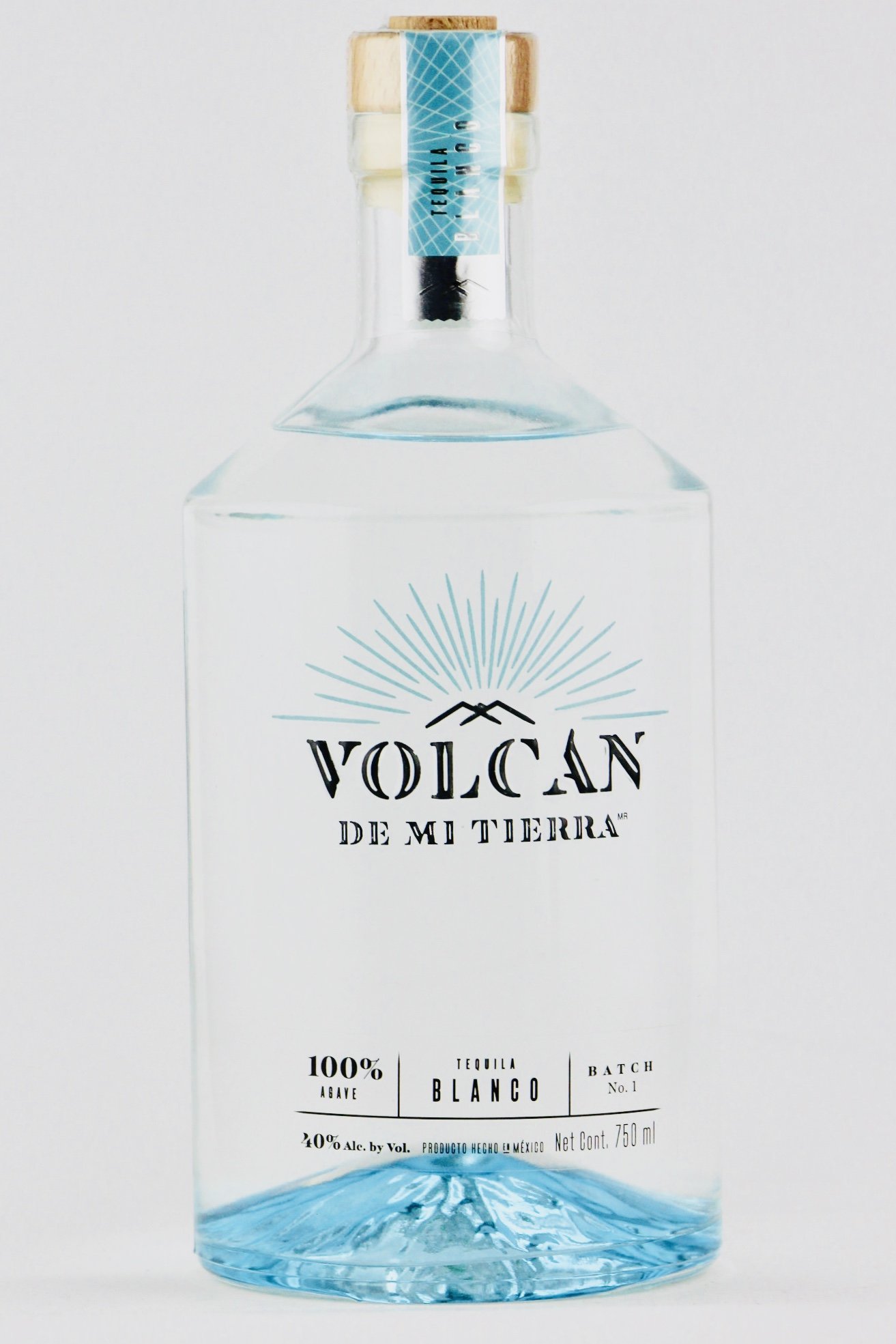Tequila Selections by Region For Gift-Giving
The differences between highland and lowland tequila and bottles to try.
Tequila has been booming for so long that it’s about time for people to stop saying we’re in a tequila boom. 2018 was the year the U.S. reached what can reasonably be considered third wave tequila, with the spirit hitting a new level in terms of general consumer knowledge. Even the blog for the Nasdaq, the stock exchange market, has recognized that “tequila is no longer an alcohol intended to be hidden in cocktails, and is gaining popularity as a drink to be sipped.”
All this is to say that when you’re searching for a bottle to give your agave-loving friend or family member, you can’t just grab something blindly off the shelf anymore. On the other hand, you probably don’t have time to sit and research every new tequila producer out there (that alone would be a sisyphean task with how many new brands there are). Thankfully, there’s an easier way to go about picking a tequila that you can both trust and tell a little story about. One way to go about it is to choose your gift by using highlands or the lowlands as a guide.
Tequila, like all spirits, is an agricultural product. It’s made from Blue Weber agave (agave Tequilana or agave azul) grown in the five states designated for tequila. And, like all agricultural products, where that agave is grown impacts the final taste. This sense of place is called “terroir” in France, and is normally used to describe wine or cheese. Go ahead and use terroir to describe tequila as well, though, because a distiller’s choice in where they harvest agave matters.
This year, gift tequila that tastes of the place the agave comes from. (Note: We recommend sticking to a blanco or reposado that kept its character. )
Tequila from the Highlands, or Los Altos
Los Altos is located on the eastern side of the state of Jalisco, the main tequila-producing state in Mexico. The region is more than a mile high, with elevations well over 5,500 feet. The red clay soil, lower rainfall average, sunny days and colder nights and winters all impact the taste of the agave. This, in general, gives tequila that uses agave from Los Altos a more delicate flavor with tropical fruit and floral notes. They can be grassy and peppery as well, with a bright citrus characteristic.
Familia Camarena Tequila Silver, 40% ABV: You’d be hard pressed to find a value that can compete with Camarena’s tequila line. Camarena Silver won Bronze at the 2018 NY International Spirits Competition, and can be found for around $20. It’s citrusy and bright, and stands out in a cocktail. Another option if you’re looking for something with a little age to it is Camarena’s Reposado, which won Gold at the 2018 NYISC.
Bandero Tequila Blanco, 40% ABV, $30: Bandero prides itself on its agave selection. It sources piñas that are high in natural sugars and minerality with super fruity characteristics. It’s a blanco made to be sipped neat, but isn’t priced so high that you should feel bad about mixing it into a tequila-forward cocktail. The blanco won silver at the 2018 NY International Spirits Competition.
Calle 23 Blanco, 40% ABV, $32: Calle 23 is one of the most forward-thinking brands when it comes to tequila and terroir, and it all starts with agave from the highlands. During the fermentation process, Calle 23 uses carefully cultivated yeast strains designed to express the true heart of the agave’s flavors. Master distiller Sophie Decobecq, one of the few women in charge of a tequila distillery, maintains those flavors through the distillation process. The result is an herbaceous, citrusy and delightful blanco.
Tequila from the Lowlands, or El Valle
Despite the name, the lowlands aren’t all that low. The Tequila Valley, which is based around the town of Tequila, still sits at more than 3,800 feet. A lot can change in the 2,000 miles of elevation separating El Valle from Los Altos, though. Lowland tequilas generally have more spice and green pepper notes along with an earthy clay quality.
Fortaleza Reposado, 40% ABV, $60: Fortaleza likes to do things the traditional way. The lowlands agave is hand harvested and roasted in brick ovens before being crushed by a stone tahona. The reposado is toasty with some barrel notes that are present without overwhelming the agave. The taste is creamy and peppery with some herbaceous qualities as well.
Herradura Silver, 40% ABV, $36: Herradura is one of the rare brands that grows the majority of its own agave. It’s located in the town of Amatitán and surrounded by agave fields, which you can see for yourself if you take the Tequila Herradura Express train on a tasting tour to Casa Herradura. Silver is a staple behind the bar, and won Bronze at the 2018 NY International Spirits Competition. Herradura Añejo is another not to be missed, and won the top medal—Double Gold—for the agave category at the 2018 NY International Spirits Competition.
Tequila from both
Tasting something that’s single origin and from a place provides insight into one side of the story. Once you know those flavors, it makes it all the more interesting to see how distillers blend the two styles to draw out the best of both.
Volcan De Mi Tierra Blanco, 40% ABV, $41: Volcan is named after a volcano in the lowlands, Volcan de Tequila, that last erupted 200,000 years ago. That explosion laid the foundation for the soil some of the Blue Weber agave Volcan de mi Tierra uses today. Started in 2017, it’s led by master distiller Ana María Romero, who uses the agave blend to make a citrusy and peppery blanco, which won gold at the 2018 NY International Spirits Competition, and the Cristalino won silver.
¡Salud!



